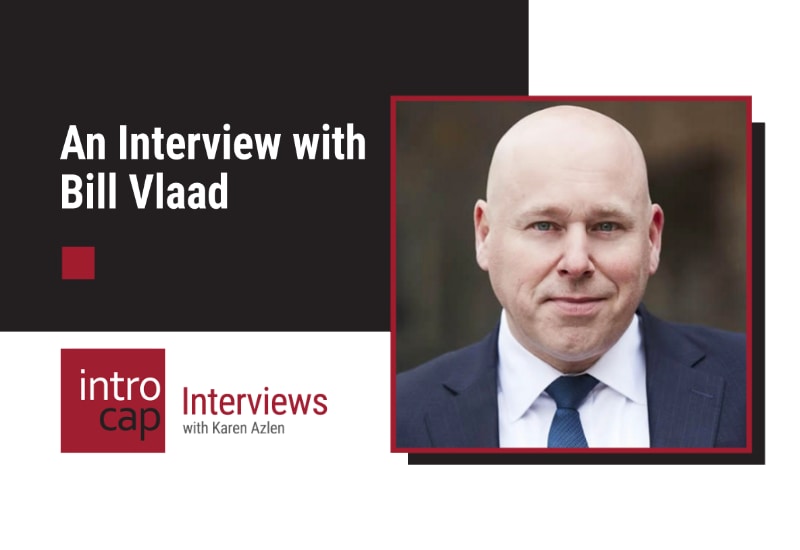Let’s talk about the whole work from home thing, shall we? To be clear, WFH, the now accepted acronym, a sure sign of work from home’s embeddedness in society, is a thing. Unlike other Covid mementos – foam pool noodles in golf holes, sourdough bread starter kits, virtual happy hours, Deena Hinshaw — WFH is here to stay (as is Covid, it would appear). But before we dive in, let us first acknowledge the degree to which this whole WFH discussion is limited to a relatively small number of us.
Fact is, the majority of us don’t have the choice as to where we get to work. The very idea of a debate on the topic must baffle the butchers, flummox the pharmacists, madden the mechanics, and bewilder the bus drivers – all of whom surely find the pearl clutching of the WFH class fatiguing. Alas, tis we who read (no less write) this circular. With apologies to the lifeguards, roughnecks, front-line nurses and docs, construction workers and cleaners, firefighters and police, pilots, hairdressers, soldiers, garbage collectors and so many more, let’s ask the question: Is working from home working at all?
While this is a discussion that impacts relatively few – according to the US Census Bureau, between 2019 and 2021, the number of people primarily working from home tripled(!)…from a meagre 5.7% to a less meagre 17.9% and in Canada, where winters are colder and trust in government is higher, the numbers were slightly greater but even here, a nation of housebound rule followers, only around one-third of the workforce would engage, let alone sympathize, with this confab – it is still a discussion worth having. WFH is not Gen Z’s Y2K IMO.
Notably, professional and financial services are two industries stubbornly staying home. According to Statistics Canada,at the peak of the early Covid WFH – May 2020 – 71% of financial service types and 76% of those working in law firms, accounting firms, search firms and the like, were comfortably ensconced at home, dog at their feet, appropriately dressed from the waist up. And while those numbers have declined with the passage of time, they are descending like Melania on an escalator – grudgingly.
Ironically, given the thesis I’m working toward, above and beyond the comfort and convenience of working from home, the executive search business, perhaps uniquely, was made considerably easier while WFHing. Searches were concluded with greater speed and discretion, two of the most important KPIs in our world. On scheduling, imagine a shortlist of six candidates and an interview panel of three. That’s 18 different calendars to manage and meetings to host; a task significantly simplified in a virtual world. On discretion, gone are the days of raised eyebrows in the workplace when your crisp suit and polished shoes belied your narrative of having to attend dear aunt Mabel’s funeral. Again. When clandestine job interviews can be conducted from the comfort and secrecy of your kitchen table, Mabel can live a long, productive life.
And yet, I’m here to tell you that I think we professionals – or at least some of us – need to be back in the office for at least some of the time. Preferably, the same time. For all the conveniences and comforts of WFH, the office still matters, both for your present, and more importantly for the group to whom this is primarily addressed: your future. Career is a contact sport best watched live, rather than on TV. As with a puck or ball, your likelihood of catching a break is significantly lower from your La-Z-Boy recliner.
Many months ago, in our March, 2022 edition of this dispatch, I wrote about the emerging WFH problem, as I then saw it:
“There’s a more existential reason to suggest your people come back. And, no, it’s not about productivity. It has been well documented that productivity went up during the WFH era. And, no, it’s not about culture erosion, though that point is more debatable. An indisputable area of concern for both employer and employee is knowledge transfer. I fear there will be a knowledge clot that will work its way to the brain of many organizations; a sort of air-pocket of two plus years of institutional memory and mentorship that will impact this Covid cohort for the rest of its career.
The ‘coffee maker collisions’; those happenstance mentoring moments between a superior and subordinate simply aren’t happening. And those interactions are in the best interests of all involved. The young analyst who isn’t in the right place at the right time to meet that VP and be brought into the Big Project; that VP who isn’t able to ask the name of her young charge while riding the elevator, perhaps a future star who might just have turned into her successor. The inability to pass down, through office osmosis, the unwritten rules of the road, the Marauder’s Map of workplace politics, that’s where the rubber hits the road.”
Nearly one year later, I believe working from home is working – in the production sense. Unlike many of my generation, I mostly trust that even when I can’t see you, you are, in fact, engaged in your daily toil. But working from home is not working in the functioning sense of the definition. As in, advancement, contribution, and engagement. And unless they are prepared to accept a different – much flatter – career trajectory, those rigidly dug in on WFH are increasingly seen as AWOL and could soon be SOL.
You see, while culture matters and though productivity remains high, the absence of those coffee maker collisions means WFH isn’t just creating a knowledge transfer challenge, it will, IMHO, result in a new form of workplace inequity. In one, three, five years’ time, those who chose to go back to the office on a regular basis will be earning greater sums, achieving promotions faster and be more sought after than those who did not. This will act as an accelerant to the OG gender-based workplace inequity, for surveys have consistently shown that more women than men have chosen to, or in certain instances must, WFH. But wait, there’s more! OMG!
In what can only be described as a double standard, this pressure to get back to the office will impact young people more than us old folks. Why? Because we’ve already made it. We don’t need to prove ourselves to anyone and we’re quite done trying. The only reason we need to come back to the office is to lead by example but that’s more of a virtue than a requirement. So, cruelly, the younger people, who generally prefer to WFH are the ones who need to come back while the old ones can continue to wear slippers to work. WTF?
And even if you don’t have FOMO (Fear of Missing Out), you will MO if your M.O. is to consistently miss in-office gatherings, be they social or professional, and in no scenario is that good for your career advancement. Like self-driving cars and Daylight Savings Time, WFH, IMHO, will only work to its full potential if we all agree to do it at the same time, or at least in a more thoughtful manner than we’ve seen to date.
And that’s starting to happen. This article from Avison Young proves what we’ve all been sensing on our daily commute for the last several months. That certain days are more popular than others. Wednesday, it would appear, is the new Monday as most hybrid workplaces seem to have elected Hump Day to work in three dimensions. Beyond that, there seems to be no rhyme nor reason to the Starbucks line length, the morning commute, or the lunch hour food court rush.
But imagine if the whole world could agree on a set WFH schedule? We could all see each other, no FOMO, on those in-the-office days, and we could all WFH, no CYA, when we’re to be at home. Better yet, BTW, restaurants could staff up and stock up. Transit could adjust its schedule. Road crews could fix potholes when the WFHrs are WFHing! Companies could calibrate energy consumption; retail could amend opening and closing hours. On those in office days, we’d be productive AF and on those WFH days, we’d all truly be W’ing FH.
Unfortunately, IRL, as we’ve learned with trying to run a hybrid meeting – half the people in the boardroom and half on screen – it doesn’t work. We need to take that same lesson and apply it to the cadence of our work week. All in or all out. Great idea but it’ll never happen. Every organization has distinct needs, peaks, valleys, and other unique considerations. Before we can even attempt to standardize which days of the week on which we all agree to wear pants, we first must compel our people to head into the office at all.
Bottom line? IDK. But, I think, if you’re on the ascent of your career, you can probably have a good one by working remotely, by not engaging in the new world office politics, and by hoping to catch a few good bounces while stationed at your kitchen table. But make no mistake: your career trajectory will be flatter. The bet-the-farm deal, the once-in-a-career file, the daily collisions, and mentoring moments will benefit those who are around to experience them.
IOW, the likelihood of a great career increases if you make a few uncomfortable sacrifices as you’re starting out.
Like this old guy did.



